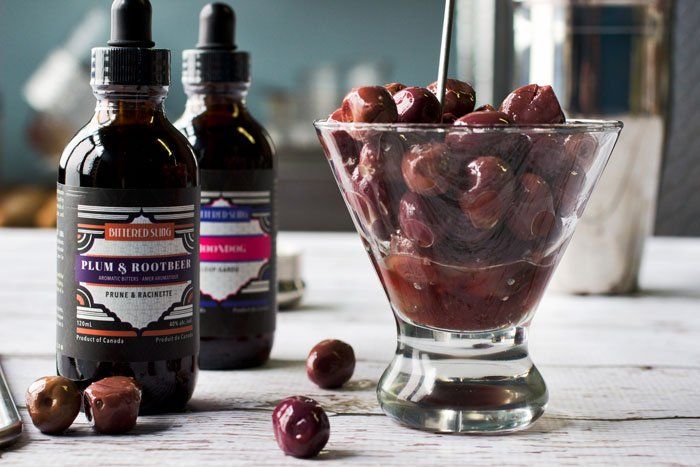 Olives have been part of man's progress for millenia.
Olives have been part of man's progress for millenia.
Alexander conquered most of the known world with olives close at hand and the Roman Empire certainly spread the olive tree deep into it’s empire. Spain, Italy, and France planted olive trees in colonies around the world. California owes its olives to the Spanish. Even Australia saw olives coming from Sicily, France, and Brazil in the early 1800s.
A few years ago I visited the San Juan region of Argentina where olive groves were slowly covering the desert. Olives are everywhere, mostly Spanish varieties like Picual and Arbequina, stretching towards the Andes further than the horizon. A bowl of olives is a basic part of the Argentinian culture, which is not surprising when you consider that olives have been grown in Argentina for over 500 years.

Easy to grow in rocky soil, olives have high amounts of healthy fat, are portable, and have been rediscovered by North America thanks to far seeing Spanish colonists that planted olive trees in California almost as fast as they planted grapes to make wine.
Multi-cultural Hospitality
The trendy Castelvetrano olive from Sicily has that electric lime-green colour you can spot from ten meters away, easily the visual poster child for a food product that is rapidly becoming a social grace.
With modern abandon, more and more people are putting out a dish of olives out when entertaining, along with a small bowl for discarded pits, in an act of historical & multi-cultural hospitality.
It is hard to beat olives as a casual snack food and it certainly beats most of the chemical-laced snack food the food industry is determined to mildly poison the population with.

Your Olive Pots:
At the local olive bar, you will see that many olives are preserved in assorted salt and vinegar solutions that they came in or were put together by the store. Some olives are in a solution with added spices or aromatic leaves. These olives are generally already cured but you want to keep them in top shape in a cool place, the back of the fridge is ideal, covered in the brine.
Never hesitate to refresh the brine with salt and vinegar.
It is a useful hack to always add a little olive oil to insulate the olives and floats on top of the water, insulating the olives near the surface from oxidizing with air.
So add two permanent pots to the back of your fridge: Your olive pots.
One clay pot for the olives in brine and another clay pot can be used to keep the oil-cured olives.
Modernize your pantry by adding an ancient item in your fridge: olive containers.
I have a bias of clay pots but glass will do until you find a glazed clay container that you can keep in the fridge yet bring out for serving.
The oil-cured, black, Moroccan, wrinkled olives that are one of my favourites because of the deep flavour and kitchen versatility. When you make a pizza, forget about the tasteless, plastic-like Californian olives in a can replacing them with these. If you leave the pits in … eat carefully 😉 I add a little olive oil to these olives and shake them to keep them coated with oil.
Home-made Olive Medley
These instructions are for the store-bought olives, but what do you do if you have access to fresh olives right off the tree? You can cure them yourself and this is a great hobby. Every olive has their curing method and you (as the consumer) have your personal taste in olives.
Time being the precious commodity that it is, fresh olives properly already cured is your best option, placed in your two new fridge elements: your olive containers.
I actually have three containers: One for the black, oil-cured Moroccan wrinkled olives, one for the uber-trendy, electric-green, slightly bitter Castelvano olives, and a large container for my own mixture of olives with Bay leaves, pepper, and other aromatic ingredients in a brine.
By all means buying a selection of single varietal olives at the store, with the idea of combining them in a home-made olive medley and custom brine solution adding your spices and aromatics.
This is a creative process so experiment to find your perfect mix. Do not hesitate to step up your game to aromatics such as lavender, Bay leaves, Pastis from your bar, and even select aromatic bitters.
A recent batch of table olives I made had -as an ingredient – some of the renowned Bittered Sling bitters used by some of the cocktail mixologists in the world. In my mix the Wild Celery bitter just made that brine sing. Bitters are not just for cocktails, they are part of a modern pantry.

So when guests come you have an international option for hospitality: some assorted bowls of olives, a small discard dish for the pits, confident because this small act of hospitality is thousands of years old for mankind.






